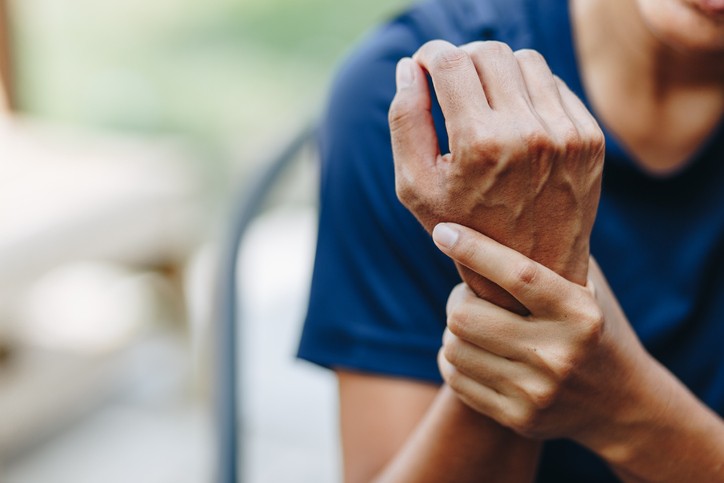With more than one in five American adults suffering from chronic pain, which is pain that lasts longer than three months, finding chronic pain relief has been called a national crisis. As a country, our attempt to manage pain with opioids has contributed to an epidemic of addiction, abuse and opioid overdose deaths.
Even when taken exactly as prescribed, opioids are highly addictive and there’s a risk of developing physical and/or psychological dependence. That’s one reason opioids are not considered a first choice or first-line therapy for chronic pain other than for cancer, serious illness or end-of-life care.
What makes chronic pain challenging is the fact that the pain is rarely completely suppressed – it’s always there to some degree. But those who suffer with chronic pain are often surprised to learn that there are alternatives other than opioids for pain management. By working with your care provider and your pharmacist, you can find a treatment approach that works for you. Check out these three chronic pain relief options below!
#1: Medications for Chronic Pain Relief
- Acetaminophen is usually recommended as a first-line treatment for mild-to-moderate pain.
- Nonsteroidal anti-inflammatory drugs (NSAIDS) are most effective for mild-to-moderate pain accompanied by swelling and inflammation and are commonly used to treat pain from muscle spasms, strains and back and neck injuries.
- Cox-2 inhibitors are anti-inflammatory medications which were developed to reduce the stomach upset that can be associated with NSAIDs.
- Anticonvulsants are the first-line treatment for chronic nerve (neuropathic) pain.
- Antidepressants commonly prescribed to manage depression and prevent epileptic seizures have been found to relieve chronic pain, including back pain, fibromyalgia and diabetes-related nerve pain.
-
- Tricyclic antidepressants can also help improve the mood and sleep disturbances that can accompany chronic pain.
-
- Serotonin and norepinephrine reuptake inhibitors (SNRIs) have been approved to treat depression, chronic musculoskeletal pain, fibromyalgia pain and pain related to diabetic peripheral neuropathy.
#2: Topical Chronic Pain Relief
Topical pain medications can be applied directly to the skin as a gel, spray or cream. They help relieve some types of acute pain, joint pain associated with arthritis, diabetic nerve pain and muscle aches related to sports injuries.
#3: Non-Pharmaceutical Options for Chronic Pain Relief
Easing chronic pain doesn’t always require a trip to the pharmacy. Physical therapy, chiropractic care and regular exercise have also been shown to help ease chronic pain.
Before considering an opioid for chronic pain, discuss all treatment options with your care provider and your pharmacist. Together, you can find the best way to manage your pain safely and effectively.
References





